
How to Add Captions to IGTV Videos
This step by step guide will show you how to add captions to IGTV Videos

SDH subtitles ensure that video content can be accessed by the entire Internet population. Happy Scribe discusses their attributes and why you should use them.
Today’s video editors are keenly aware that they must make their content accessible to all. The reason? They want to provide a broader audience with the means to fully understand and enjoy what they’ve created. To do this, video editors usually provide their audiences with either subtitles or closed captions.
Hopefully you are already familiar with the key differences between subtitles and closed captions (CC):
Subtitles assume that the viewer can hear but either doesn’t understand the language spoken or has turned off the sound for convenience. Subtitles provide a word for word text transcription of what is being spoken in a video. Subtitles don’t, however, include non-speech sounds like laughter and yelling. Because of this, subtitles are not considered an appropriate accommodation for deaf and hard of hearing viewers.
Closed captions (CC), on the other hand, assume that the viewer cannot hear. They are usually in the same language as the video and are generally intended for viewers who are Deaf or hard of hearing. Unlike subtitles, they provide text for all audible information. For example, closed captions will note applause, music, slamming doors, etc. Closed captions may also include speaker names if necessary. The text is also usually white on a black background and the placement can vary.
A third option to make videos more accessible is SDH subtitles.
Before your head starts to swirl off its axis, let us explain the key difference between SDH subtitles and why your video should have them.
SDH subtitles are a hybrid of subtitles and closed captions that were developed for the Deaf and hard of hearing community. The acronym SDH stands for Subtitles for the Deaf and Hard of Hearing.
SDH subtitles provide a text transcription in the same language as the spoken dialogue, with additional text annotation of environmental sounds and music. SDH subtitling provides better comprehension of the video content for those who cannot understand the spoken dialogue or have problems understanding the accents.
SDH Subtitles also differ from subtitles and closed captions in their appearance, placement and encoding.
SDH subtitles differ from closed captions in that they can appear in a variety of font sizes, styles and colours, like traditional subtitles. All important elements to consider when adding SDH subtitles. Also, unlike closed captions, SDH subtitles usually appear centred in the lower bottom third of the screen. Additionally, you are able to use SDH subtitles on a wider variety of media types, such as streaming internet videos and Blu Ray DVDS. This is because SDH subtitles support encoding through HDMI (High Definition Multimedia Interface). Closed Captions do not support HDMI encoding.
A final key difference is that closed closed captions often lag behind what is said on the screen, whereas SDH subtitles will appear on the screen synchronised to the audio on screen.
Now that we know the difference between subtitles, closed captions and SDH subtitles, let’s discuss why SDH subtitles should be included in all of your videos.
The main reason to include SDH subtitles is to ensure that your content is can be accessed by as many people as possible. Without SDH Subtitles, over 460 million people around the world that are deaf or hard of hearing wouldn’t be able to engage with your video content.
SDH subtitles also provide a way for non-native language speakers to engage with your content, as it provides a way for them to convert the text language provided into their chosen language.
Opening up your content for these two groups can greatly increase the viewership of your videos.
SDH subtitles can also help listeners understand speakers with thick accents or fast speech.
Additionally, SDH subtitles can help a viewer who has the audio muted capture the full ambience of the video by noting non-verbal sounds.
Furthermore, SDH subtitles can also help keep viewers with attention deficit disorders stay focused on the video.
By providing the text transcript for the spoken parts of the video as well as the other audio sounds, SDH subtitles can help individuals in all of the above situations better comprehend the message in your video.
High-profile civil rights lawsuits against companies and institutions that fail to make their video content accessible are on the rise, particularly in the US.
One of the most notable cases involves Harvard University and the Massachusetts Institute of Technology. In 2015, the National Association of the Deaf filed a lawsuit against these two institutions for failing to make their online courses, guest lectures, and other video content accessible to people who are Deaf and hard of hearing. The case is still ongoing and has now reached the federal court system.
By incorporating SDH subtitles into your video content now, you can help avoid similar lawsuits in the future.
Whilst subtitles and closed captions help with accessibility, SDH subtitles undoubtedly provide the best solution for ensuring that your video content can be accessed by the largest proportion of the Internet population.
Hearing viewers who do not comprehend the language will benefit from subtitles. As a result, subtitles merely display the spoken information and do not include sound effects or other audio features. They're most commonly used to describe translations, such as subtitles for a foreign film.
Closed captioning, on the other hand, is intended for Deaf and hard of hearing viewers. They transmit all audio information, including sound effects, speaker IDs, and non-speech features, to the receiver. Closed captions are written in the video's original language. They first appeared in the 1980s and are now required by law in the United States for most video programming.
Subtitles for the deaf and hard of hearing integrate the information from both captions and subtitles. They can be in the video's original language because they contain non-dialogue audio sound effects and speaker identification.
SDH subtitles presume that the viewer cannot hear the audio but can understand the spoken language, whereas regular subtitles assume that the audience can hear the audio but cannot understand the spoken language (like with captions).
So, in recent years, there's been a huge increase in demand for Subtitles for the Deaf and Hard of Hearing (SDH) on today's media platforms. This is mainly because people are becoming more aware of accessibility needs and streaming services are getting bigger and better. This has made content creators and distributors realize they need to include SDH subtitles to reach more people. These subtitles don't just help those with hearing impairments; they also make entertainment, news, and educational content accessible to everyone.
To keep up with this demand, media platforms have had to change the way they provide SDH subtitles. Big names like Netflix, Amazon Prime, and YouTube have been working hard to make sure most of their content comes with accurate and well-timed SDH subtitles. They've been using a mix of human captioning, machine learning, and content from users to do this. There's also been a push to have SDH subtitles available for live broadcasts, which has led to some pretty cool advances in real-time captioning tech. At the end of the day, the fact that SDH subtitles are becoming more common on media platforms shows that we, as a society, are committed to making media more accessible and inclusive for everyone.
It you need help creating SDH subtitles for your video, please feel free to contact us at Happy Scribe.

This step by step guide will show you how to add captions to IGTV Videos
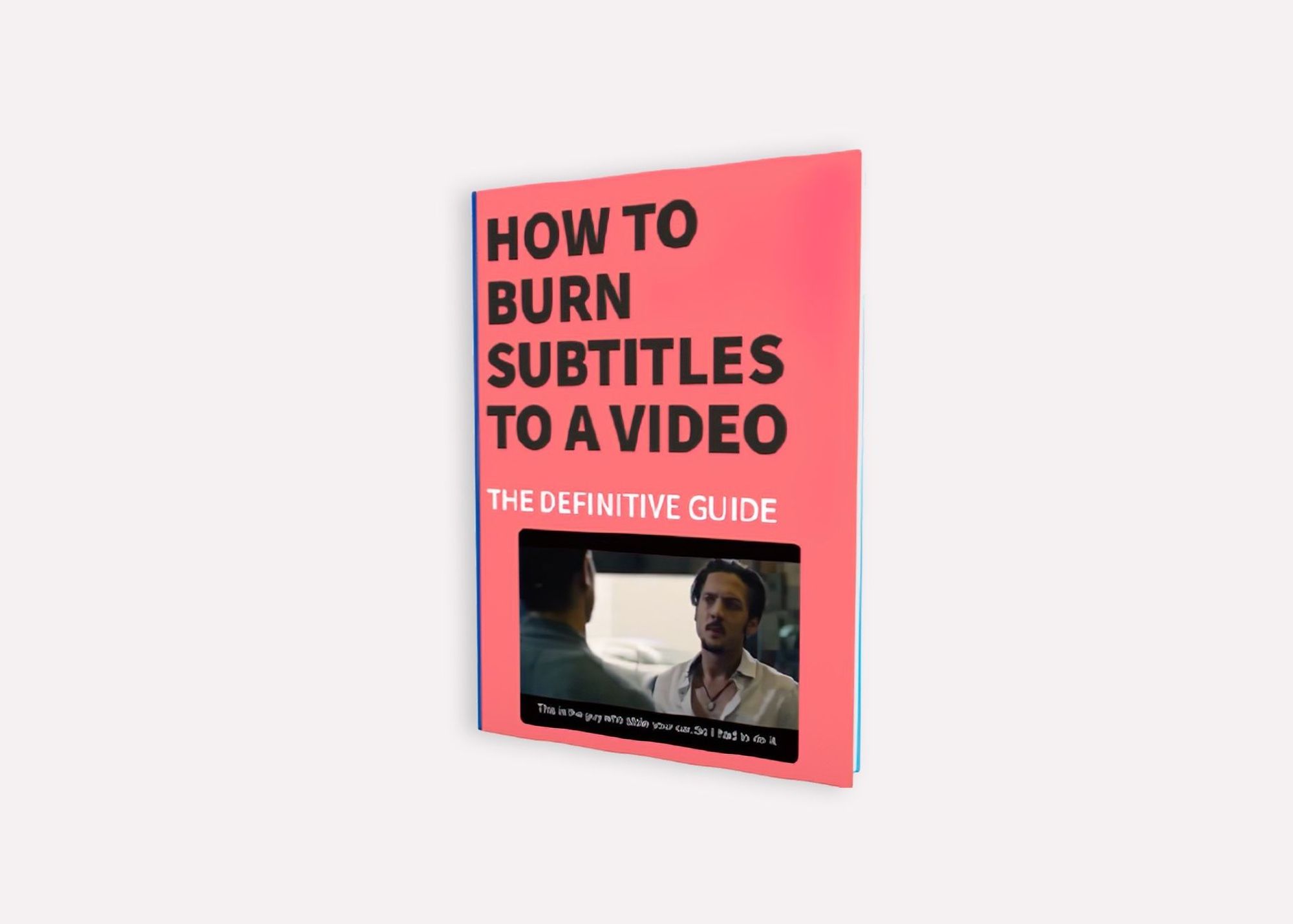
The definitive guide to generating subtitles and captions automatically to your videos and hardcode them directly to your video.

What are the pros and cons of recording and note-taking? Which one is right for you?
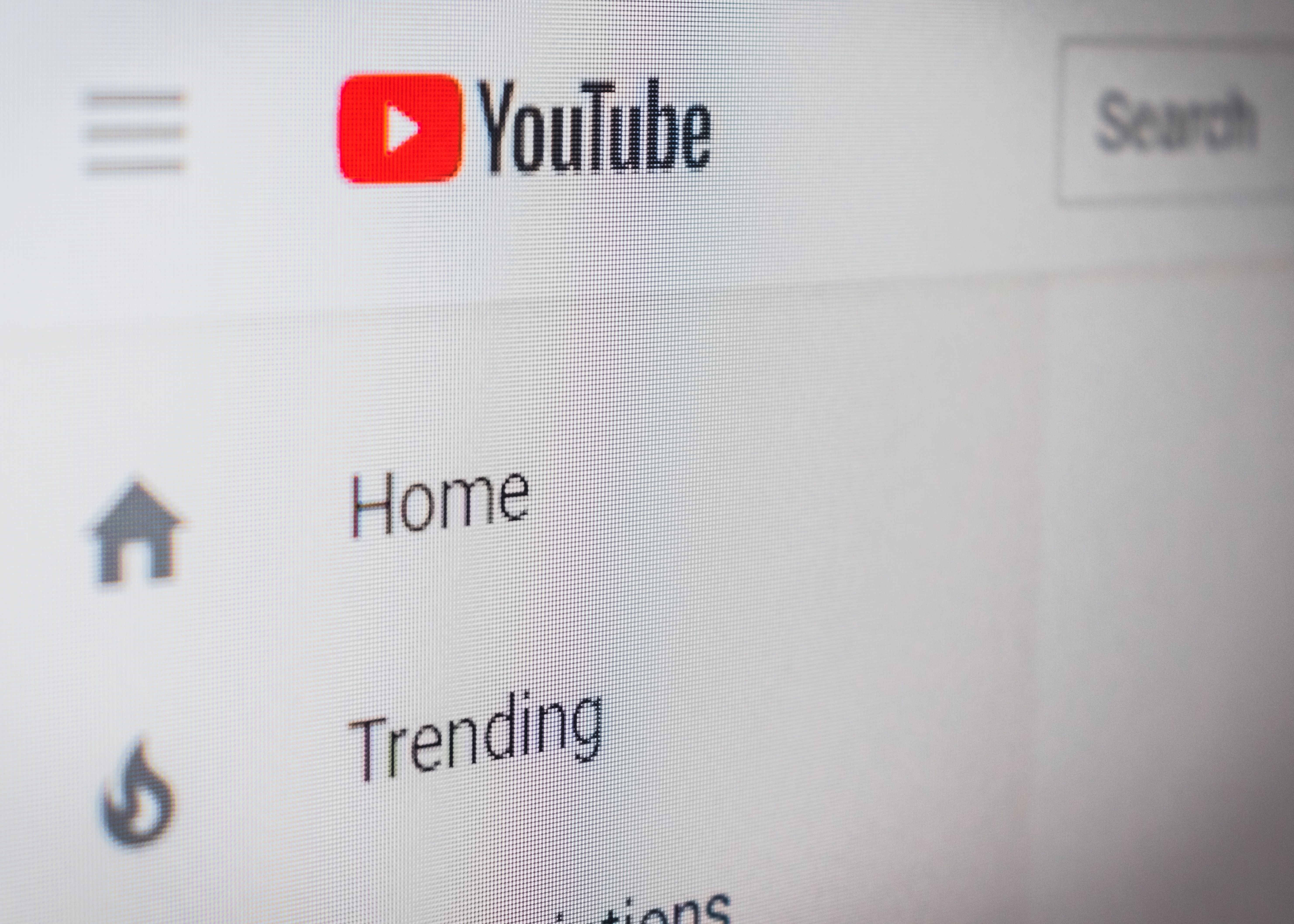
Have you ever wondered how to add captions to YouTube videos? Well, this step by step guide will show you how to get accurate captions quickly.
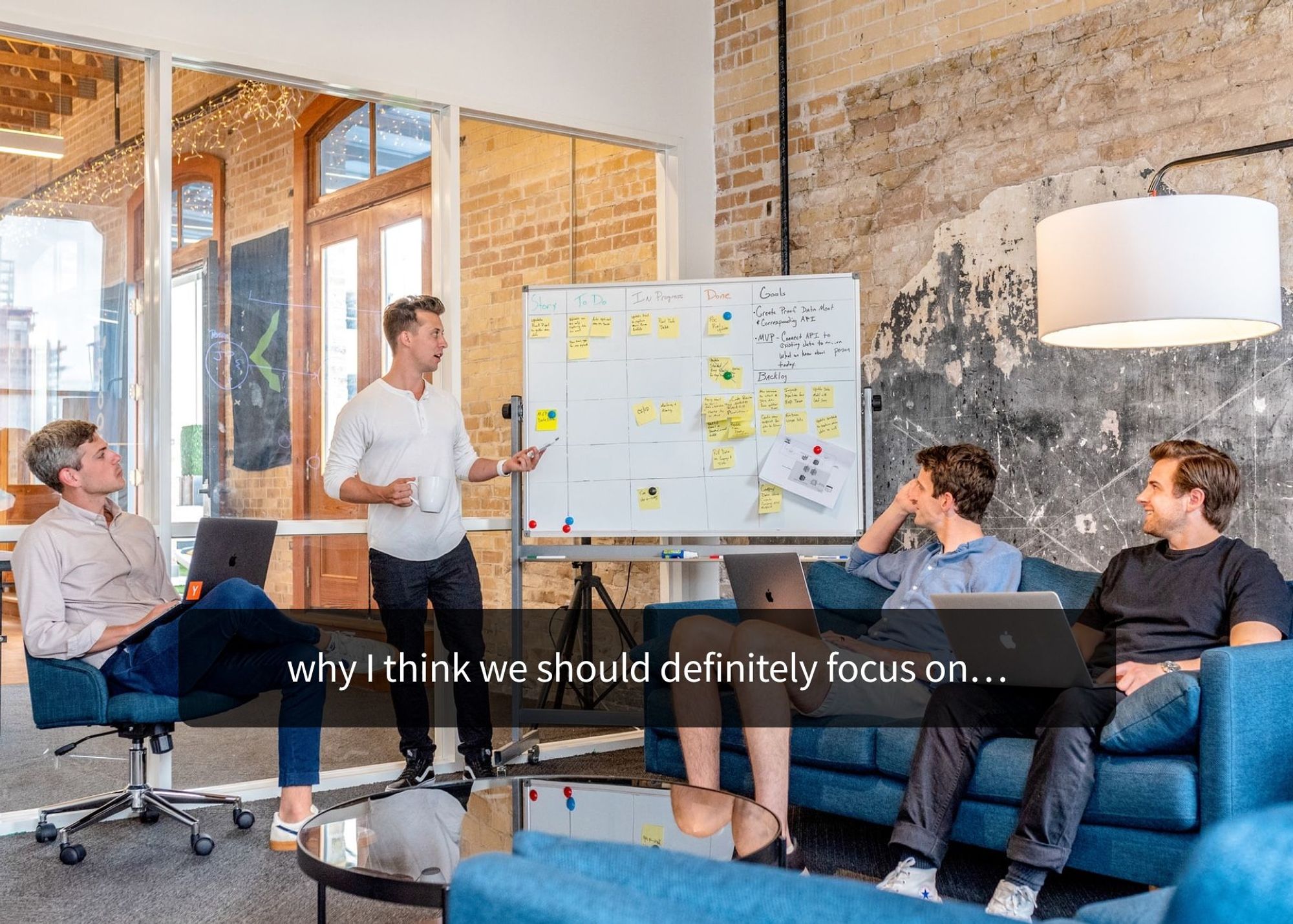
Your subtitles need to be readable and perfectly synced with the video and perfectly follow the reading skills of your audience. For example, you don't make subtitles for adults the same as subtitles for children.

Use Happy Scribe to get a free SRT file for your 30-minute video.

Adding subtitles to videos can increase audience engagement, improve accessibility, and help promote a positive image of a company, making it a useful tool for job postings and promotions.
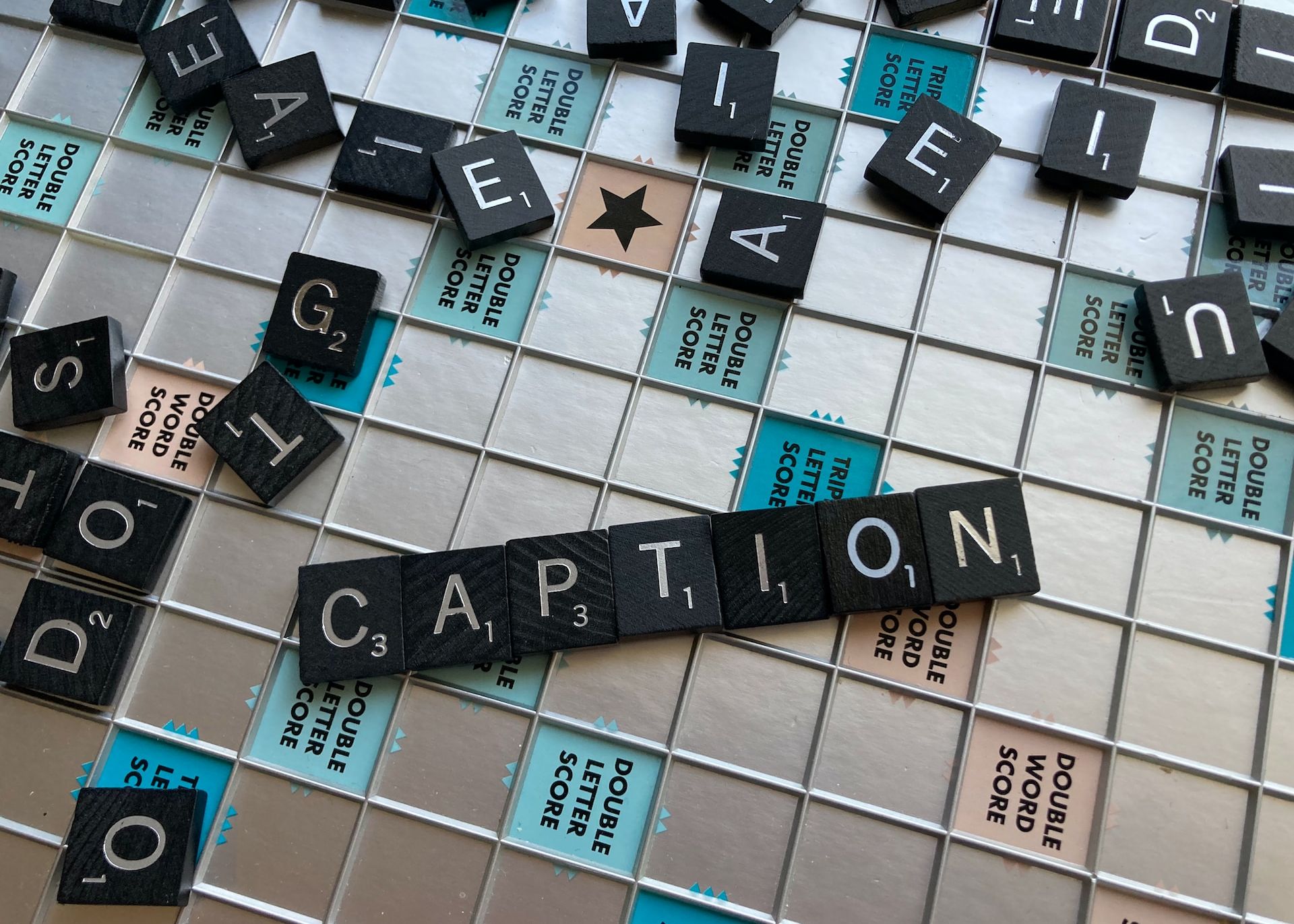
Dive into the differences between SDH and closed captions, and discover how Happy Scribe can revolutionize your video accessibility with automatic, customizable, and multilingual transcriptions.
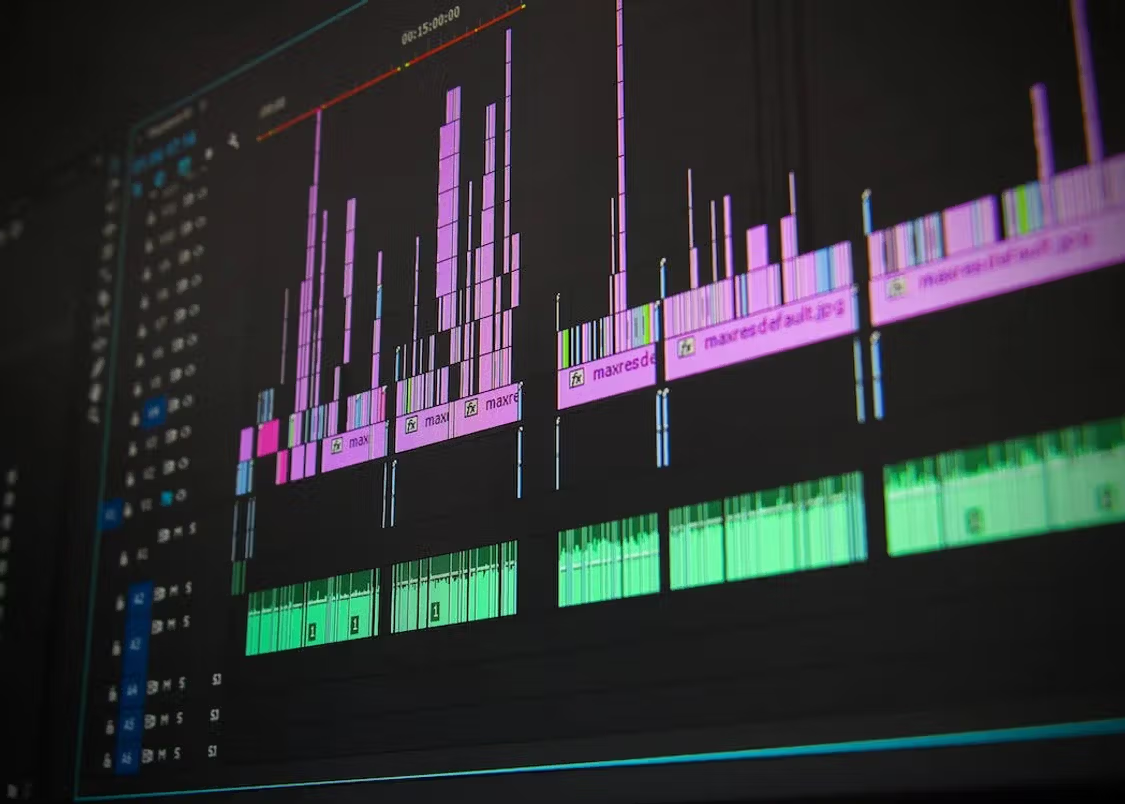
Not sure how to add subtitles to a YouTube video? In this article you will find some of the best and easiest ways to add captions to videos.

Do you need Spanish subtitles for your videos? Learn how to translate and transcribe English audio quickly while maintaining contextual accuracy.